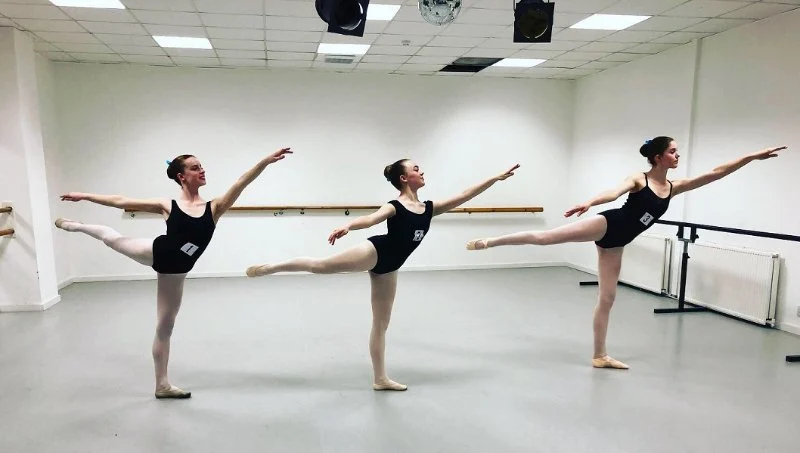
Ballet Step by Step Guide: Step by Step
- 1- Introduction to Ballet
- 2- Basic Ballet Steps
- 3- Building Your Ballet Foundation
- 4- Advanced Ballet Techniques
- 5- Ballet Dancing Tips and Tricks
Ballet is one of the most graceful and disciplined forms of dance, requiring precision, strength, and flexibility. Whether you're a beginner looking to start your ballet journey or someone aiming to enhance your technique, this ballet step-by-step guide is here to help you understand the fundamentals and improve your skills. In this guide, we’ll take you through the essential ballet steps, provide tips for building a strong foundation, and introduce advanced techniques for those looking to take their dancing to the next level. Let's dive in and discover how you can become a better ballerina, one step at a time.
1- Introduction to Ballet
Ballet is a highly technical form of dance that has been around for centuries. Originating in the Italian Renaissance and later developing into a distinct art form in France and Russia, ballet has evolved into a global phenomenon. It combines structured movements with creative expression, and its beauty lies in the dancer's ability to tell a story through precise and controlled motions.
Before we dive into the technicalities of ballet, it's essential to understand the importance of posture, strength, and flexibility. Ballet is a full-body workout that requires focus and dedication, and with the right training, you can unlock its many physical and mental benefits.
2- Basic Ballet Steps
In ballet, there are five basic positions that form the foundation of nearly all movements. These positions will help you understand the body alignment, balance, and flow of ballet. Here's a breakdown of the basic steps:
- 1. First Position: Stand with your feet turned outward, heels touching each other. Your arms should be rounded in front of you, forming a small circle.
- 2. Second Position: Similar to the first, but with your feet apart and pointing outward. Your arms should be extended out to the sides, with a slight curve.
- 3. Third Position: One foot is placed in front of the other, with the heel of the front foot touching the arch of the back foot. The arms are positioned similarly to second position.
- 4. Fourth Position: One foot is placed in front of the other with a gap between them. The arms are positioned as in first or second position, depending on the movement.
- 5. Fifth Position: The feet are placed heel-to-toe, with one foot directly in front of the other, creating a straight line. The arms should form a high rounded position above the head.
These positions are critical as they lay the groundwork for more complex movements, such as pliés, tendus, and jumps. Mastering them will provide you with a solid foundation for your ballet practice.
3- Building Your Ballet Foundation
Once you have a grasp of the basic steps and positions, it's time to start working on building a strong foundation. A good ballet foundation includes proper technique, strength, flexibility, and coordination. Here’s how you can focus on these aspects:
- Strength: Ballet requires a lot of core and leg strength. Focus on exercises such as planks, lunges, and squats to build muscle. Ballet barre exercises like pliés and relevés are also essential for strengthening the legs and core.
- Flexibility: Stretching is key in ballet to achieve graceful movements. Incorporate dynamic stretches before practice and static stretches afterward to increase flexibility in your legs, back, and hips.
- Balance: Work on exercises that challenge your balance, like standing on one leg or practicing pirouettes. Balance is essential for both executing movements and holding positions.
- Coordination: Ballet movements often involve complex footwork and hand positions. Take time to practice both separately and together until they become second nature.
4- Advanced Ballet Techniques
Once you have a solid foundation, it's time to progress to more advanced techniques. These techniques require a deeper understanding of ballet principles and an ability to execute more difficult movements with precision. Some of the key advanced techniques include:
- Grand Jeté: A powerful jump where one leg extends forward, and the other leg jumps into the air, creating a split in mid-air. This requires strength, flexibility, and control.
- Fouetté Turns: A series of rapid turns that require strong core control and the ability to spot.
- Penché: A balancing move where the dancer extends one leg behind them while keeping the body at a 45-degree angle. This requires flexibility and balance.
Advanced dancers must have control over their muscles, understanding the energy required for each movement, and the ability to maintain grace and precision even during complex sequences.
5- Ballet Dancing Tips and Tricks
To help you on your ballet journey, here are some useful tips and tricks that will make your practice more effective and enjoyable:
- Warm Up Properly: Always warm up your muscles before starting ballet practice to avoid injury. Start with light stretching and then move on to barre exercises.
- Stay Consistent: Ballet is a discipline that requires consistency. Practice regularly, even if it’s just for a short period each day.
- Be Patient: Progress in ballet takes time. Be patient with yourself and allow your body to gradually develop strength and flexibility.
- Focus on Alignment: Proper body alignment is key to executing movements correctly and avoiding injury. Always check your posture in the mirror and make sure you're aligned from head to toe.
Ballet is an incredibly rewarding journey that can help you build physical strength, enhance your flexibility, and improve your overall coordination. Whether you're a beginner or an advanced dancer, following these step-by-step guidelines will ensure you progress effectively and safely in your ballet practice.
If you're looking for expert ballet training or recommendations for top ballet schools and resources, be sure to visit American Dance Academy to find the best training and products for your ballet needs.
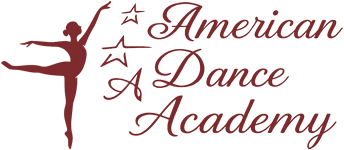
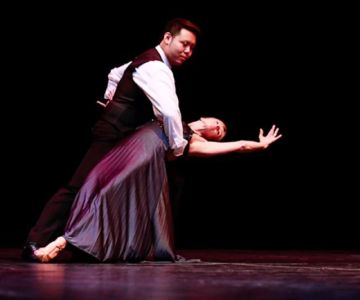
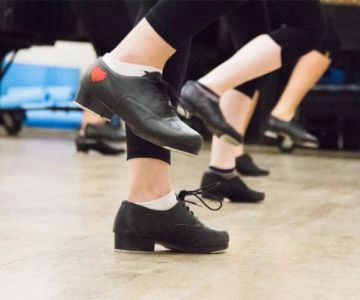
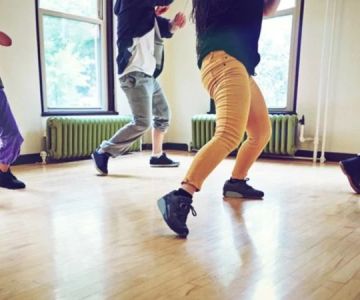
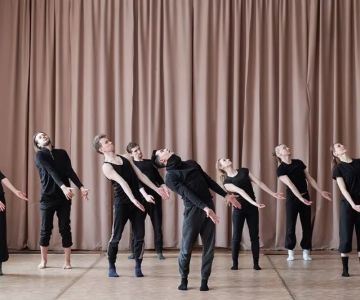

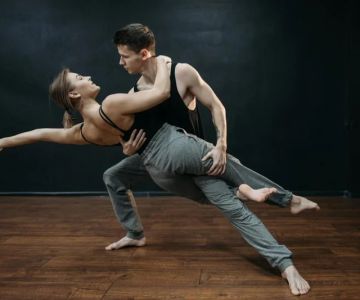
 Cartesion Dance Academy4.0 (36 reviews)
Cartesion Dance Academy4.0 (36 reviews) TDS - The Dance Studio4.0 (3 reviews)
TDS - The Dance Studio4.0 (3 reviews) Freebird Yoga Studio5.0 (20 reviews)
Freebird Yoga Studio5.0 (20 reviews) DMC Performing Arts Center5.0 (4 reviews)
DMC Performing Arts Center5.0 (4 reviews) Indian Bollywood Dance Lessons Porter Ranch, Northridge, Santa Clarita5.0 (4 reviews)
Indian Bollywood Dance Lessons Porter Ranch, Northridge, Santa Clarita5.0 (4 reviews) Olney Studio of Dance (Shannon Rush Dance)5.0 (5 reviews)
Olney Studio of Dance (Shannon Rush Dance)5.0 (5 reviews) Top 10 Waltz Moves Step-by-Step Guide for Beginners
Top 10 Waltz Moves Step-by-Step Guide for Beginners Waltz to Try in 2025: Tips from Experts
Waltz to Try in 2025: Tips from Experts Can Freshman Go to High School Dances? What You Need to Know
Can Freshman Go to High School Dances? What You Need to Know Why A Plus After School Dance Programs Are Changing Students' Lives
Why A Plus After School Dance Programs Are Changing Students' Lives Did Jennifer Lopez Go to Dancing School? Her Journey from Bronx to Stardom
Did Jennifer Lopez Go to Dancing School? Her Journey from Bronx to Stardom Do You Have a Dance in Middle School? How Dance Events Shape Student Life
Do You Have a Dance in Middle School? How Dance Events Shape Student Life